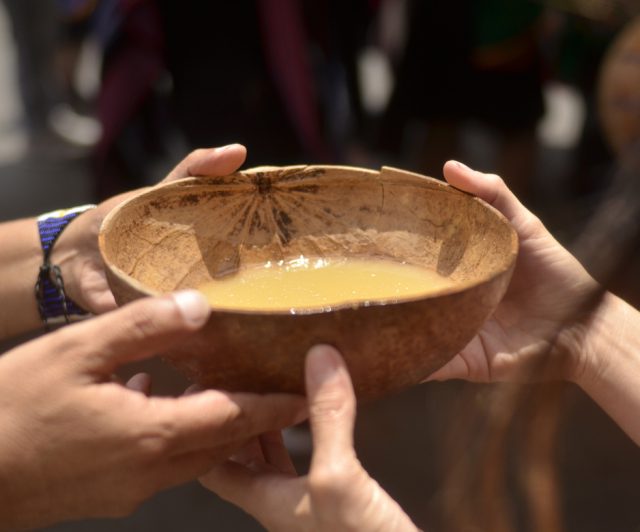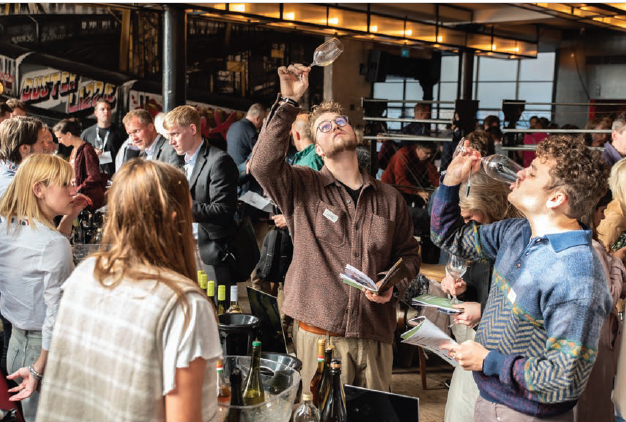Archaeologists discover 2,500 year old beer jugs
Archaeologists have discovered 2,500 year old beer jugs in an extensive ancient city in the Amazon rainforest, which has been lying completely hidden for thousands of years.

Located in eastern Ecuador, the city was placed near to a volcano, where the rich soils provided perfect growing conditions for crops, but also might have been the destructive power that caused the society’s demise.
It is believed the city, which has an incredible collection of roads and canals, was built around 2,500 years ago and people lived there for around a thousand years.
As a result of the large-scale community and crop-growing potential, it is believed that jugs discovered were used to consume “chicha”, a type of sweet beer.
The beer, which has a full name of Chicha de jora, is a corn beer which is prepared by germinating maize, extracting the malt sugars and boiling the wort, like a traditional barley beer, and then fermenting it in large vessels. These were traditionally large pieces of eathenware, and would be fermented for several days before consumption.
The research, published in the journal Science as Two thousand years of garden urbanism in the Upper Amazon, discovered that a “dense system of pre-Hispanic urban centres has been found” in the Upano Valley of Amazonian Ecuador within the foothills of the Andes.
Anthropised landscape
Fieldwork and light detection and ranging analysis revealed “an anthropised landscape with clusters of monumental platforms, plazas, and streets following a specific pattern intertwined with extensive agricultural drainages and terraces as well as wide straight roads running over great distances”.
Partner Content
It was not thought until recently that such communities existed, and that the people of the Amazon were more nomadic, but the discovery of this city means the area can be compared to similar Maya urban systems which have been highlighted in Mexico and Guatemala.
One of the archaeologists leading the study, Prof Stephen Rostain, director of investigation at the National Centre for Scientific Research in France, who led the research, told the BBC that he had been warned against researching the area at the beginning of his career, as there was a belief that such communities didn’t live in the Amazon.
Very stubborn
He said: “But I’m very stubborn, so I did it anyway. Now I must admit I am quite happy to have made such a big discovery.”
The next move will be to survey the adjoining 116 square mile area that is currently untouched.
Rostain continued: “We have a Eurocentric view of civilisation, but this shows we have to change our idea about what is culture and civilisation.”
Co-author Antoine Dorison said: “It changes the way we see Amazonian cultures. Most people picture small groups, probably naked, living in huts and clearing land – this shows ancient people lived in complicated urban societies.”
Although it is difficult to put a number on how many people lived in the community, it could have been in the hundreds of thousands.
Related news
Northern Monk to raffle 15 litre Nebuchadnezzar of imperial stout




